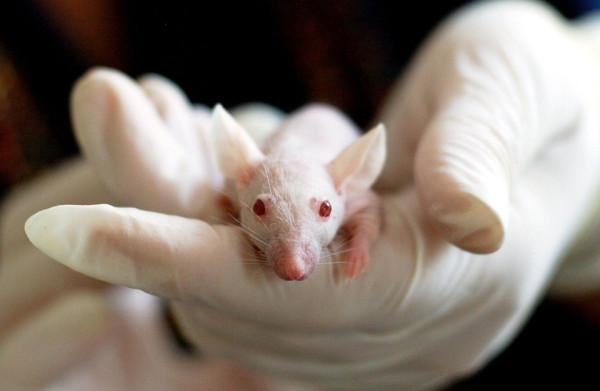© Pint of Science, 2025. All rights reserved.
Medical treatment has historically been very unkind to women. In the eighteenth-century, strict bed rest was frequently prescribed for women with hysteria, an all-encompassing diagnosis for women experiencing symptoms of depression, infertility, insomnia or even “sexually forward behaviour”. Basically any behaviour that was deemed uncharacteristic of a lady.
Silas Weir Mitchell created the bed rest “cure” as he believed hysteria was caused by “overstimulation of the mind, which women were unable to bear due to a lack of capacity”. This extended period of bed rest was psychologically and physically damaging, and resulted in the deaths of many women due to the increased risks of developing respiratory infections and deep vein thrombosis. In extreme cases, women may have been forced to go into an insane asylum or have invasive surgery, such as hysterectomies.
Fortunately, these “treatments” are no longer used. However, that doesn’t mean sex inequalities in medicine are a problem of the past.

Medicine jars in an old pharmacy
Twenty-first century: Has enough changed?
Women are still fighting to have their voices heard and receive fair treatment by physicians. Women wait longer than men for a diagnosis and are more likely to be misdiagnosed or discharged. Through a 2021 UK government call for evidence, women said that “they were often not listened to” and reported they struggle to access information of women’s health issues.
A study from 2018 revealed men experiencing chronic pain are more likely to be viewed as ‘stoic’ whilst women are more likely to be perceived as ‘hysterical’ or ‘emotional’. This is equally detrimental to men’s health as a qualitative study showed men are less likely to contact health services and physicians believe this is due to “their need to appear ‘brave and manly’”.
The same study also found that women receive less or less effective pain relief than men, but are more likely to be prescribed antidepressants or be referred for mental health treatment.
Inequality from bench to bedside
Gender bias is not just seen in the GP practice, but can also be seen in medical research. Women are often underrepresented in clinical trials, and medical researchers frequently only use male mice in their studies to eliminate fluctuations seen in female mice due to their menstrual cycle.
Gender bias in medical research reflects clinical outcomes. The “male as default” approach has led to gaps in medical knowledge. Not enough is known about:
• conditions that only affect women, such as endometriosis
• conditions that disproportionately affect women, such as autoimmune diseases
• how conditions present differently in men and women, such as heart disease, which is important for correct diagnosis and treatment
• differences in pharmacokinetics of specific drugs

Laboratory Mouse
Making Progress
This is obviously a huge gap in the current medical industry, but the good news is we are making progress! In 2021, the UK Government published the Women’s Health Strategy for England which has 10 year aims to:
• boost health outcomes for all women and girls
• radically improve the way in which the health hand care system engages and listens to all women and girls.
At the clinical level, the Medical Research Council, a large UK funding agency, has announced a new expectation for grant applications to include research into both sexes from 2022. The largest medical research board in the United States, the National Institutes for Health (NIH), has also made it a requirement to study both sexes to receive grant funding – unless of course a strong case can be made (there is no need to recruit men into menopause studies for example!)
The future of medical research looks promising and actions are in place to restore the gender balance in both medical practice and research, however there is a lot of work to do. The funding for research into women-centric diseases like endometriosis remains low and substantial knowledge gaps remain, and it does make me wonder - if endometriosis only affected men, would this still be the case?
About the Author
Poppy Nathan is a PhD student at the University of Birmingham studying immunology and inflammation. Poppy is passionate about science communication and public engagement. You can find her on X @poppynathan
Featured images by analogicus and tiburi from Pixabay



